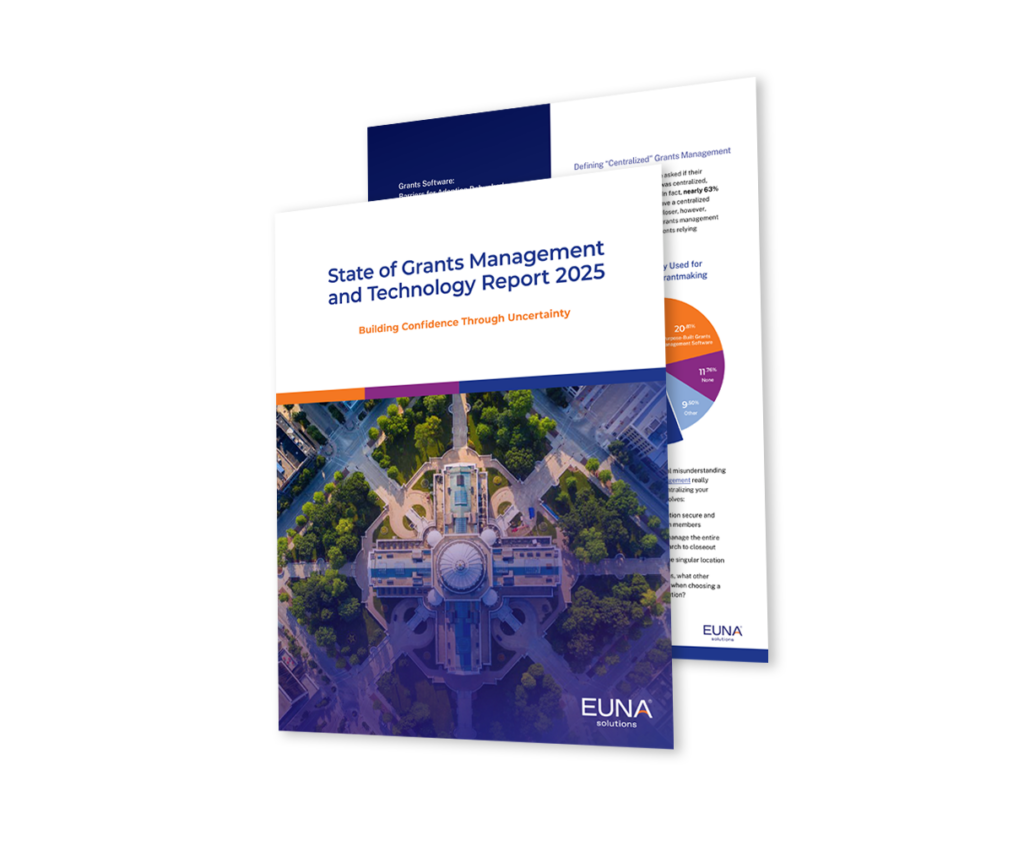If you’re a non-profit organization and considering a new budgeting system, it can be difficult to wade through the options. As you know, a non-profit organization’s budget planning can be approached in a variety of ways. Collaborative budgeting for non-profits is a popular solution as it offers many advantages such as time-saving measures, improved performance, and more. It’s also incredibly useful for other fields of work outside of non-profits. If you’re curious and thinking about switching your budgeting to a collaborative style, here are three major benefits of doing so.
Whether you’re looking for advice on collaborative budgeting for non-profits or how to best utilize your financial planning software, turn to Euna Budget, powered by Questica, for quick and helpful answers. Since 1998, Euna Solutions™ has been working to make handling finances easier and better for non-profits and other organizations. We manage over $63 billion in annual non-profit and public sector budgets, and we want to help you. Please visit our website for more information and consider signing up for one of our free webinars.
Three advantages of collaborative budgeting for non-profits
Provides access for program staff to feed into the budget
With other budgeting methods, the upper management is the main department that handles creating and allocating the budget. This can be difficult at times, because many program departments have unique needs, and those needs can’t always be communicated. With collaborative budgeting, the programs and services team have easier access to the budget. These staff members know their programs better than anyone, so it’s more effective overall for them to have a say in how much money to get and how to allocate it. This method is especially helpful for non-profits, who often have a smaller staff complement. The time and effort of every employee is essential, so less time should be spent worrying and agonizing over whether the upper management understands the needs of the program staff.
Time-saving measures
Using collaborative budgeting software fixes many of the time-wasting problems that arise from other budgeting methods. Organizations don’t need to filter through multiple spreadsheets, because all the information is connected to the network. “What-if” scenarios allow you to consider different assumptions. It’s all in one place, and easily accessible. Any program staff can access the network, and input their numbers. And, as further security, the numbers need to be approved by upper management and finance before they can be officially implemented. These processes would take a lot longer otherwise, so the effectiveness and efficiency of this kind of software can’t be denied.
Improves performance
A collaborative budgeting system often leads to improved performance for the various program staff. With everyone able to access the budget (at their assigned security access level), there’s a greater understanding of the strategic priorities of the organization. They also understand how money is allocated based on those priorities. With a clear set of goals and effective communication, all the programs perform better, which then leads to the non-profit achieving greater results.
Euna Budget’s software integrates with a collaborative budgeting method
No matter which budgeting method you choose, you need a strong financial software to integrate with your system. Euna Budget boasts years of a proven track record for non-profit organizations. Our software assists with staff planning and salary modules, and we integrate with your existing budgeting methods, whether they are top-down or bottom-up.
We are a passionate team of technology experts and business specialists with decades of collective experience managing finances and budgeting software, and we want to help you! To learn more about how Euna Budget’s software can help your non-profit organization, schedule a demo.

